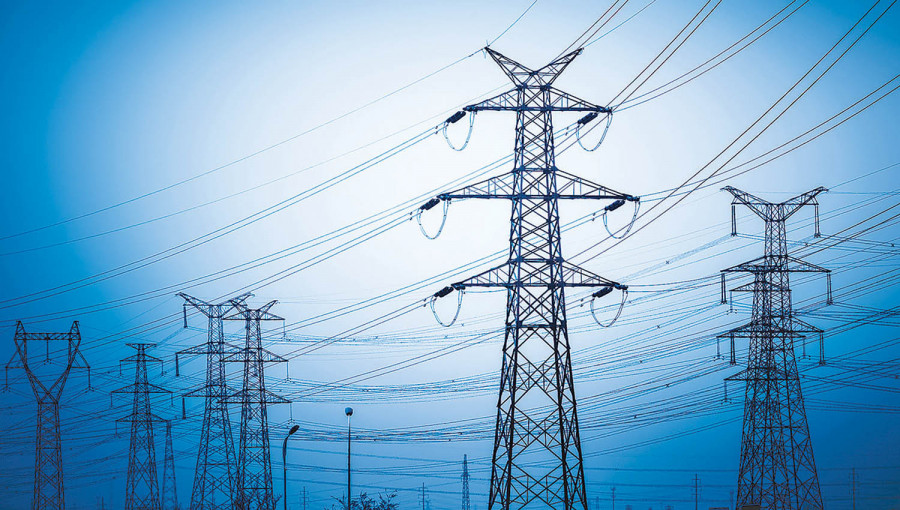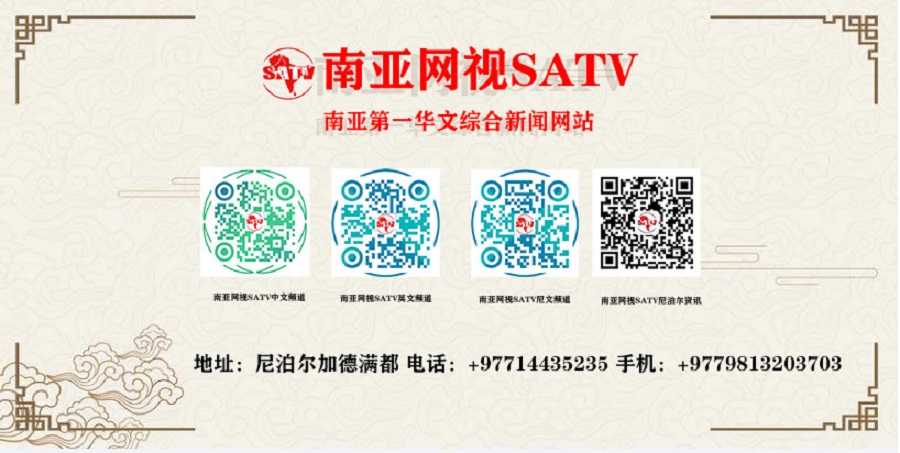
Nepal and Bangladesh are expected to hold the fourth meeting of the joint working group and joint steering committee on power cooperation in late August where the two sides plan to hold discussions on bilateral power trade and Bangladeshi investment in Nepal’s hydropower sector.
Nepal had proposed the meeting for late June, but the Bangladeshi side requested a schedule initially for late July which now has been pushed to late August.
The meeting of the joint working group is led by joint secretaries of the two countries while the joint steering committee meeting is led by secretaries on behalf of their respective governments.
“We have received a request for holding these meetings in late August,” said Madhu Bhetuwal, spokesperson for the Ministry of Energy, Water Resources and Irrigation. “The proposed date in August sounds good. But no definitive decision has been taken yet.”
According to him, there will be a continuation of discussions on how to trade power between the two countries and attract Bangladeshi investment in the hydropower sector.
The meetings are set to take place at a time when India has been more flexible about sub-regional cooperation under a framework involving Bangladesh, Bhutan, India and Nepal, known as the BBIN.
As per the Joint Vision Statement on Power Sector Cooperation released in early April during Prime Minister Sher Bahadur Deuba’s visit to Delhi, Nepal and India agreed to expand cooperation in the power sector by incorporating other partner countries under the BBIN framework, subject to mutually agreed upon terms and conditions between all involved parties. But it is still a bilateral document.
As India lies between Nepal and Bangladesh, electricity trade between Nepal and Bangladesh cannot happen without Indian support.
During the third bilateral meeting of the joint working group and joint steering committee held in September last year, the two countries had agreed to develop a dedicated transmission line by taking India on board. There, however, have not been any trilateral meetings regarding the issue, according to Bhetuwal.
“There is a realisation that a trilateral meeting should be held between Nepal, India and Bangladesh,” he said. “But no side has proposed such a meeting so far.”
But it is not only the Joint Vision Statement that talks about cooperation among BBIN countries, the southern neighbour has already expressed its support for the idea of transmission interconnectivity among BIMSTEC member countries.
BIMSTEC stands for the Bay of Bengal Initiative for Multi-sectoral Technical and Economic Cooperation.
During the third BIMSTEC Energy Ministers’ Meeting held in Kathmandu in April, member countries approved the establishment of the BIMSTEC Grid Interconnection Coordination Committee to implement the provisions of the Memorandum of Understanding for the establishment of the BIMSTEC Grid Interconnection and its terms of reference.
Bangladesh has already agreed to buy 500MW from the planned 900MW Upper Karnali Hydropower Project. GMR, an Indian firm, has received the construction licence to develop the project.
During the visit of Energy Minister Pampha Bhusal to Bangladesh in April, Bangladesh had also proposed Nepal to buy its power in the winter, while it would buy Nepal’s power in the rainy season.
“There has been an understanding to explore this possibility on which discussion may be held in the bilateral meeting,” said Bhetuwal.
Besides power trade, the two countries will also discuss developing two storage type hydropower projects—683MW Sunkoshi-3 Hydropower Project and [over 1100 MW] Khimti Shivalaya Hydropower Project—with Bangladeshi investment, according to Bhetuwal.
When the two sides held a virtual meeting in September last year, they had agreed to work together to explore the possibility of developing the Sunkoshi-3 Hydropower Project with Bangladeshi investment.
As per the ministry’s press statement last year, the Bangladeshi side was supposed to send a team to conduct field visits at the proposed site of the Sunkoshi-3 Hydropower Project by December last year. But the visit could not take place due to the Covid pandemic, according to Bhetuwal.
About two weeks ago, a joint team of Nepali officials and Bangladeshi representatives, including Bangladesh’s ambassador to Nepal, visited the site of the Sunkoshi-3 Hydropower Project, which straddles Ramechhap and Kavrepalanchok districts.
Suwas Thapaliya, an engineer at the Department of Electricity Development, said Bangladeshi representatives were informed about the latest development regarding the project and that they also interacted with the local people.
The project’s feasibility study has been completed, as per which the total project cost would hit $1.48 billion including the rehabilitation and resettlement of people to be affected by the project. “Of the total project cost, $458 million will be required for rehabilitation, resettlement and community support programmes,” Thapaliya said.
The reservoir-type project will cover an area of 45 kilometres. The height of the project dam will be 180 metres as per the feasibility study.
Its Environment Impact Assessment Report has yet to be approved by the Ministry of Forest and Environment. “The report was submitted to the forest ministry but approval has not been received,” said Gopi Prasad Sah, information officer at the Department of Electricity Development.
Authorities have, however, yet to determine the capacity of the proposed Khimti Sivalaya Hydropower Project to be developed in Dolakha and Ramechhap districts. “Drilling works are undergoing at the project site as a part of the ongoing feasibility study,” Sah said. “Its capacity might be in the range of 1,100MW to 1,720MW.”













